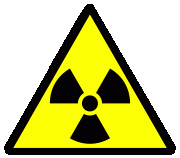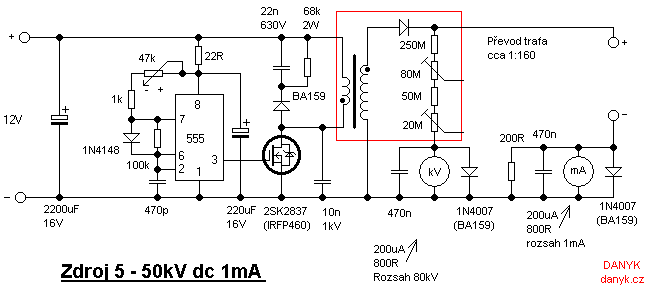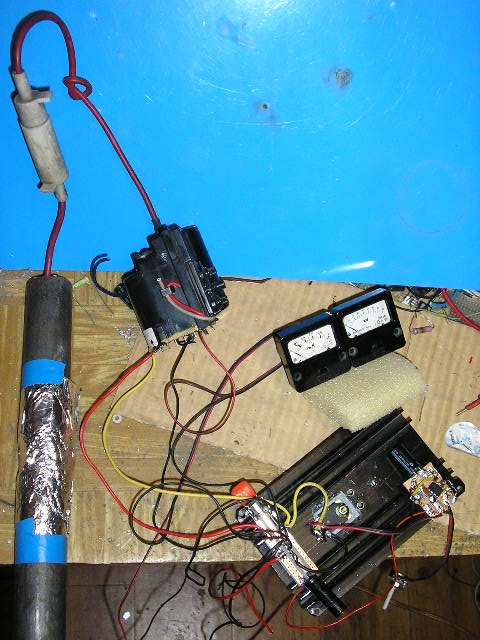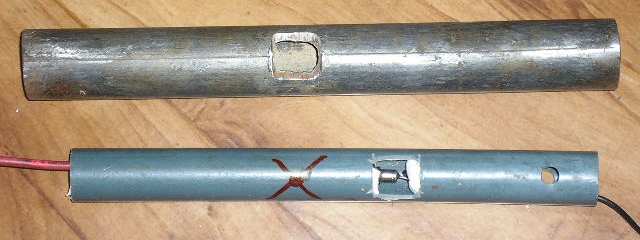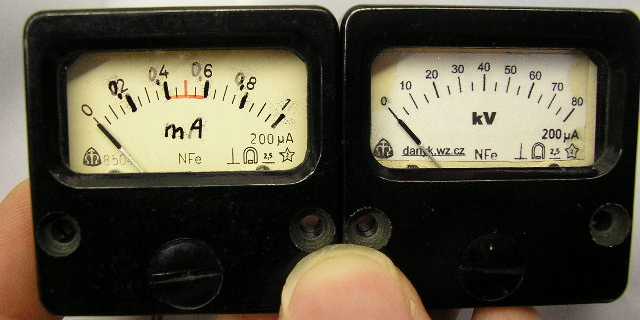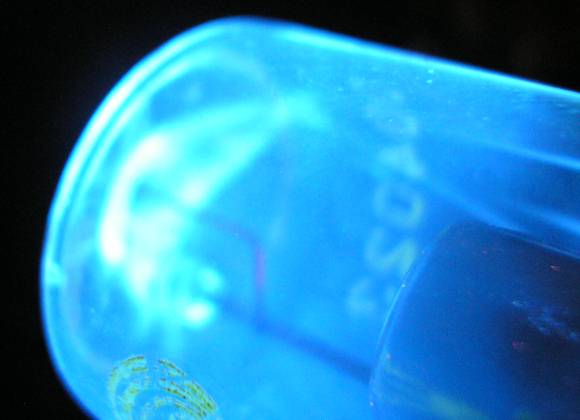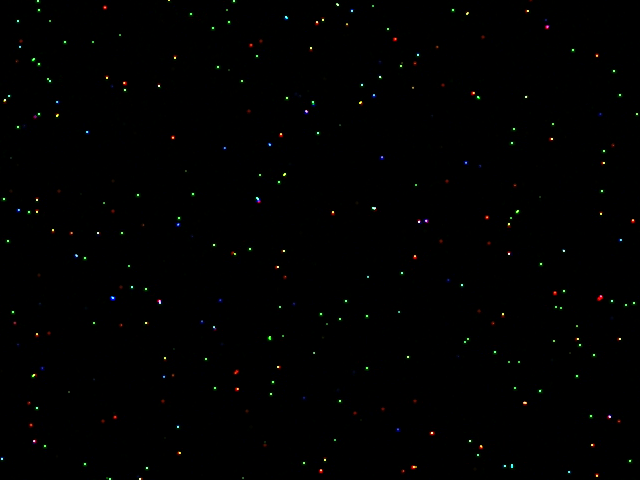X-ray tubes are expensive and hard to find. As a weak source of X-rays, however, almost any
vacuum tube can be used, while it is connected to a high voltage of about 20 - 40kV. (X-ray radiation is generated even with a lower voltage, but
has too low energy to penetrate the glass.) It is necessary to select a tube that can withstand the applied high voltage.
It should not arc inside or outside the
tube - terminals should therefore be sufficiently far apart and the internal electrodes too. I found it best use a high voltage diode or triode from old TV.
Suitable are for example DY86, DY87 or 1Y32T (directly heated high voltage diodes, which are intended to rectify the high voltage up to 18kV in the TV receiver).
I used DY87. As a HV supply I used a regulated supply of 5 - 50kV with current up to 1 mA. Supply is based on
IHVT (integrated high voltage transformer) from an old CRT monitor. The HV supply is powered by 12V supply and draws 5A max during the normal operation .
To test the tubes and set the appropriate voltage, the HV supply must be equipped with a measuring devices for measuring current
and voltage. For the high voltage measurements I used resistor with a value of 400M inside IHVT.
HV diode is reverse polarised, ie. cathode to the anode + and -. This is necessary because if it was connected in the forward
direction, it has too small internal resistance (although it is not heated) and large current would flow. It would soon be destroyed, or the HV supply will be overloaded.
The tube starts to radiate noticeably at voltages of about 30kV. At 38kV it emits much more. The best
proved voltage 40kV (current is 180uA, power 7.6 W). Other pieces of the tubes may differ (different state of vacuum).
If the tube is energized, it is necessary to protect everybody against radiation. I use a lead pipe with 3 mm wall thickness.
Radiation is emited mostly from the hole in the pipe, and slightly in both directions of the tube axis. In none of these three directions anybody
should be located when the tube is connected to high voltage. Axis directions should be shielded with additional shilds.
The entire experiment should also be shielded.
The presence of a stronger X-ray radiation can be detected with a digital camera. CCD is
slightly sensitive to x-ray. If the camera is exposed to radiation, image will contain randomly distributed dots. For better visibility of dots the
lens is covered. If you record video the same way, video will contain randomly appearing dots (see video below).
Caution ! If dots do not appear, it is not a guarantee that there is no radiation! Radiation is not strong enough to create a fluoroscopic
images observed using digital camera even with a long shutter, but it could be used to expose the film.
Exposure time would probably have to be in the order of a few minutes.
